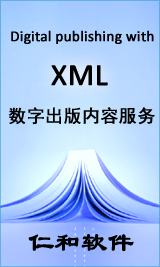黄涛
,
吴波
,
肖定全
,
吴家刚
,
刘超
,
朱建国
功能材料
doi:10.3969/j.issn.1001-9731.2016.07.011
采用传统固相法制备了(0.995-x)K0.48 Na0.52 NbO3-0.005BiCoO3-xBi0.5 Na0.5 ZrO3(KNN-0.005BC-xBNZ,x=0~0.045)系无铅压电陶瓷,研究了Bi0.5 Na0.5 ZrO3的引入对KNN基无铅压电陶瓷相结构和电学性能的影响.研究结果表明,BNZ的引入能够同时使KNN陶瓷的正交-四方相变温度(TO-T)向低温方向移动,三方-正交相变温度(TR-O)向高温方向移动.当0.03<x≤0.04时,陶瓷在室温附近正交-四方(O-T)相和三方-正交(R-O)相(即R-O-T相)共存,使陶瓷的电学性能得到大幅提高;当x=0.035时,陶瓷具有最优的电学性能:d33=320 pC/N,kp=52%,Pr=19.7μC/cm2,εr=1400,tanδ=2.5%,TC=335℃.
关键词:
无铅压电陶瓷
,
KNN
,
新型相界构建
,
电学性能
陈波
,
马健
,
张俊
,
吴波
,
肖定全
功能材料
doi:10.3969/j.issn.1001-9731.2016.08.029
采用传统固相法制备了(1-x)K0.48 Na0.52 NbO3-xBi0.46 Nd0.04(Na0.82 K0.18)0.5 ZrO3(KNN-xBNNKZ,x=0~0.07)系无铅压电陶瓷,研究了Bi0.46 Nd0.04(Na0.82 K0.18)0.5 ZrO3的引入对KNN基无铅压电陶瓷相结构和电学性能的影响.研究结果表明,BNNKZ的引入能够让KNN陶瓷的正交-四方相变温度(TO-T)向低温方向移动,同时三方-正交相变温度(TR-O)向高温方向移动.当0.04
关键词:
无铅压电陶瓷
,
KNN
,
新型相界构建
,
电学性能






